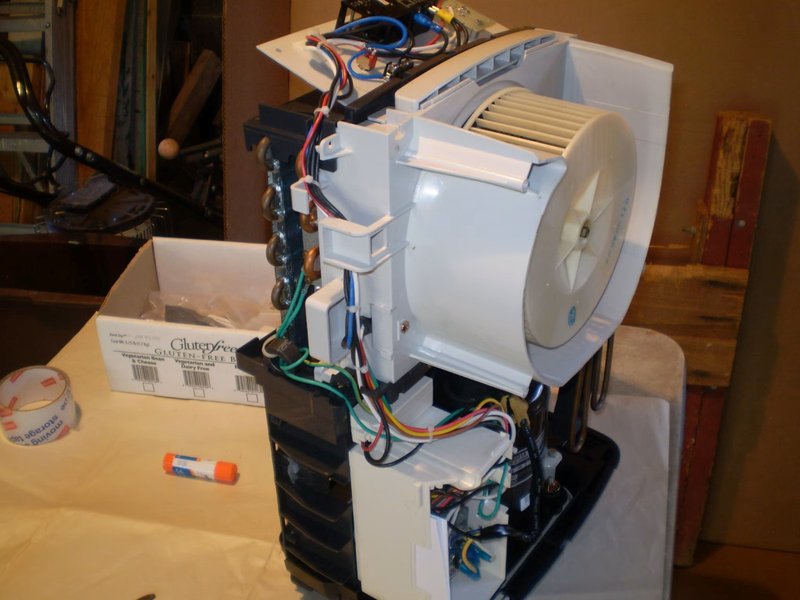
Understanding these codes might seem technical, but it doesn’t have to be. Essentially, an error code like E1 is your air conditioner’s way of communicating. It’s trying to tell you that something’s not quite right, just like how you might tell a friend you’re not feeling well if you’ve got the sniffles. Let’s dive into what this code really means so we can get your AC back to keeping things cool.
Understanding the E1 Error Code
The E1 error code on a GE air conditioner generally indicates a problem with the evaporator temperature sensor. This may sound a bit complex, but let’s break it down. Think of the evaporator sensor as the air conditioner’s eyes—it keeps track of the temperature and makes sure everything is in balance. If this sensor starts sending out unusual signals, it’s like sending mixed messages, causing your AC to get confused and show the E1 code.
Why does this happen? Well, just like any electronic device, air conditioners can have their off days. It might be due to a simple fault in the sensor itself, or it might be something like dirt and debris affecting the sensor’s ability to work properly. Imagine trying to read a book with foggy glasses—that’s kind of what’s happening with your AC when the E1 code pops up.
Now, what exactly are the potential causes of this error? It could range from connection issues, like loose cables, to more internal glitches such as a malfunctioning sensor. A loose connection could disrupt the signal between the evaporator sensor and the control board, which is like pulling the plug on potential solutions. Other times, it might be an internal sensor issue, which may require a bit more expertise to fix.
Identifying and Troubleshooting the E1 Error
Okay, so you’ve got this E1 error code flashing on your AC, and it’s not going away. What should you do next? Much like when you misplace your keys, the first step is to breathe and start with a systematic approach. Start by powering off your air conditioner. Unplug it and wait for a few minutes. This simple action, akin to restarting your smartphone when it acts up, can sometimes reset the system and clear minor glitches.
However, if that doesn’t work, it’s time to get a bit more hands-on. Check the sensor connections. Make sure everything is snug. Loose wires can often be the culprit, disconnecting the flow of information just like a kink in a garden hose stops water. If this seems daunting, don’t hesitate to call in a professional. They’re like the tech support for your AC, equipped to handle more complex issues.
If these steps don’t resolve the error code, you might need to consider replacing the sensor. While this isn’t typically a DIY job for beginners, understanding that this component is often the root of the problem can help you communicate effectively with a technician.
Preventative Measures and Next Steps
Now, let’s talk about how to prevent this pesky E1 error from disrupting your chill again. Routine maintenance is key. Picture your AC like a vehicle that needs regular oil changes to run smoothly. By scheduling annual check-ups, you can ensure that all parts, including the sensors, are working correctly. Cleaning your filters regularly also keeps dust off the components, preventing potential interference with parts like the evaporator sensor.
During these regular check-ups, a professional can spot and address any wear and tear before it turns into a full-blown issue. This proactive approach not only keeps the E1 code at bay but also extends the life of your air conditioner, much like regular dentist visits keep your teeth healthy.
In case the error persists despite all efforts, it may be time to consider an upgrade. While this is a more drastic measure, sometimes older units can develop repeated issues that make maintenance costly and inefficient. Newer models come with advanced systems that are often more energy-efficient and less prone to errors.
In conclusion, the E1 error might seem daunting at first, but with the right approach and a bit of patience, you can get your GE air conditioner back in working order. Remember, it’s all about understanding the signals your AC is sending and responding appropriately. Whether it’s through basic troubleshooting or professional help, you’ll be back to enjoying a cool, comfortable indoor environment in no time.